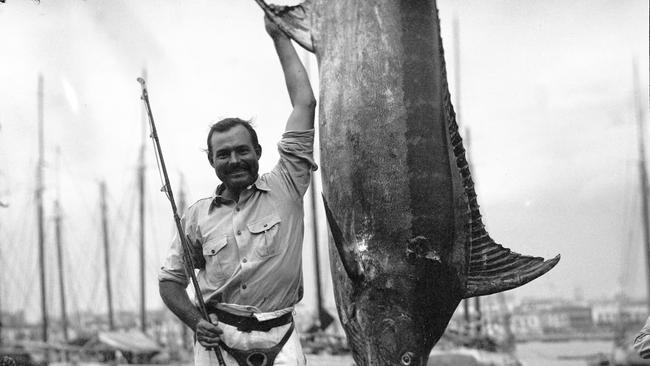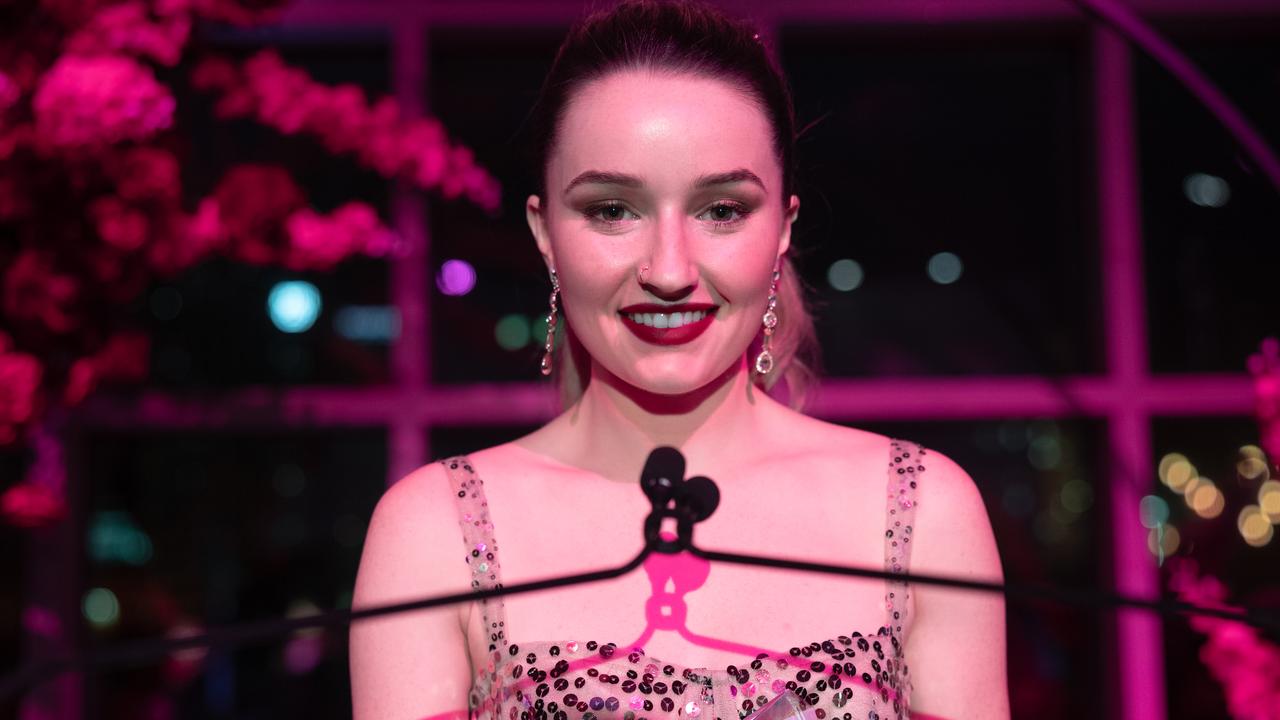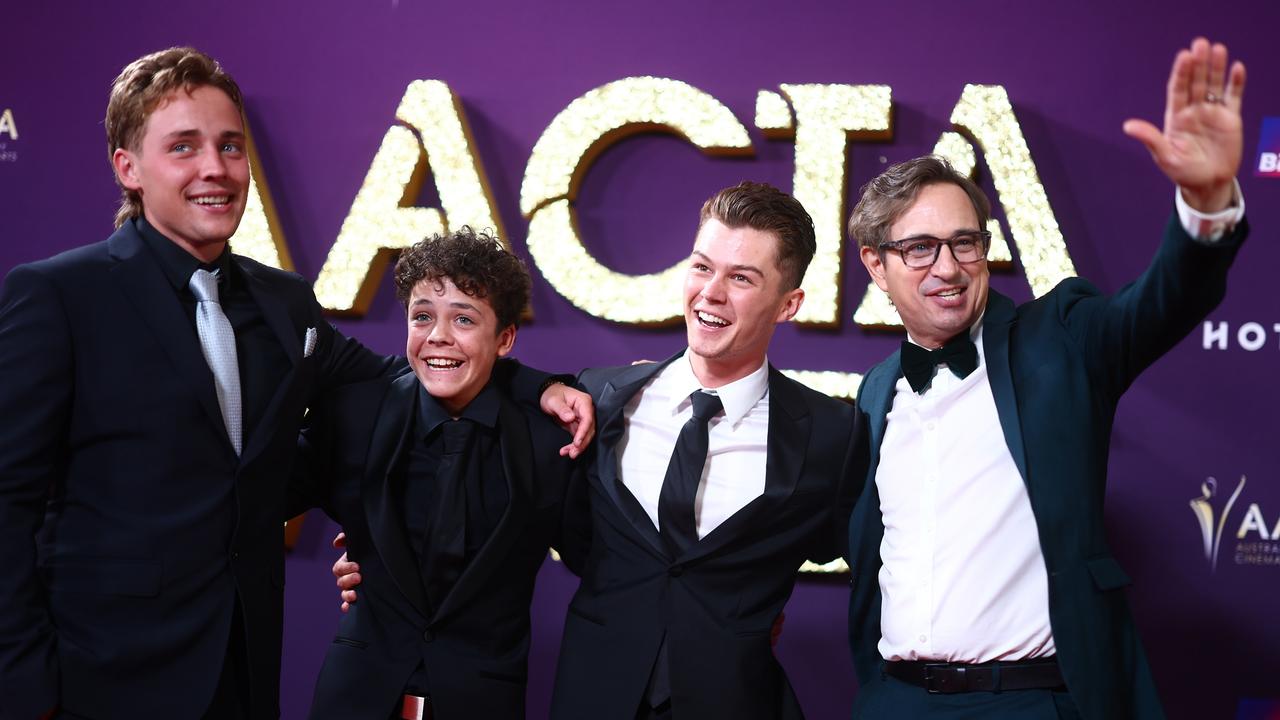Hemmingway: Beyond the macho myths
In his compelling documentary about Ernest Hemingway, Ken Burns reveals the flawed private man behind the public genius.

Documentarian Ken Burns is as much an auteur as celebrated TV filmmakers Noah Hawley (Fargo), John Logan (Penny Dreadful) or Damon Lindelof (The Leftovers); creators whose work represents hours of a singular vision on a level that has never been accomplished outside of say, the novel.
Stylistically recognisable and cinematically audacious, Burns’s memorable documentaries (many of which he has co-produced with Lynn Novick) include The Civil War, Baseball, Jazz, The War, The National Parks, The Dust Bowl, Prohibition and more recently Country Music. His films demonstrated a new kind of visual storytelling; they became milestones in television, ambitious and authoritative audiovisual histories reaching millions of viewers. Their success has influenced and accelerated the production of prestige documentary series for TV.
Burns’s familiar style unfolds through a stylised organisation of personal anecdote, a sonorous narration (usually from actor Peter Coyote), talking heads (sometimes replaced by title cards), elegantly filmed photographs and visual documentation. In order to take public space and attention, his work borrows all kinds of structural and strategic devices from fiction to satisfy his audience.
Once again working with Novick, his latest offering is the three-part documentary Hemingway, who was arguably America’s greatest literary figure and certainly its most controversial. The documentary is appealingly written by Geoffrey C. Ward and produced meticulously by Sarah Botstein. This gifted team of collaborators present an engrossing and at times perplexing biographical study of Hemingway’s life and times and discover a creator who exhibits as many neuroses, imbalances and derangements as his characters. The psychological portrait is cleverly entwined with an examination of his work, and often emanates from it.
There are the trademark elegiac location shots of places like Cuba where the writer lived for a time, wonderful cinematography from Christopher Loren Ewers and Buddy Squires, the insights of other writers Edna O’Brien, Tim O’Brien, Mario Vargas Llosa and Tobias Wolff, biographers and literary historians, and the dry, evocative narration of Coyote. Interestingly, his narration drives the biography, featuring more words than usual in a Burns’ film, poignantly phrased and delivered with Coyote’s dolorous drawling elegance.
And of course, there are those celebrated slow camera pans across and up and down sepia photographs, along with expertly presented archival material and voice work by Jeff Daniels as Hemingway, and Meryl Streep, Keri Russell, Mary Louise Parker and Patricia Clarkson as his wives.
There’s a clever device too, as the directors and camera operators given access to Hemingway’s collection of materials at Boston’s John F. Kennedy Presidential Library develop intriguing passages of film where they focus on his drafted pages, his handwriting cutting and scrawling new words across the earlier versions. Daniels reads the final drafts of the stories as the handwriting continues. It works a treat.
The first episode, A Writer (1899-1929), is a moody cinematic pleasure, starting with Daniels’ melancholic reading of the first paragraphs of A Farewell to Arms over a yearning, nostalgic composition from violinist Johnny Gandelsmen, who produced the soundtrack for the series, evoking Kansas City, Havana, Paris and Spain. He teases out as a kind of translator what the creators wanted the music to do: to evoke a place or set a mood.
Author Michael Katakis, manager of Hemingway’s literary estate, provides a kind of epigraph following Daniels’ reading that sets a certain tone. “He was a writer who happened to be American but his palate was wide and delicious and violent and brutal and ugly; all of those things,” he says. “It’s something that every culture can basically understand, falling in love with someone, the losing of that person, how great a meal tastes, how exhilarating this journey is. That is not nationalistic, it’s human and I think with all his flaws, for all the difficulty with his personal life, whatever, he seemed to understand human beings.”
Burns and Novick weave Hemingway’s early life together with his struggles to become a serious writer. There are his difficulties fitting in with his family in the Chicago suburb of Oak Park, to be a good son and “a good Christian”, his problematic relationship with his musical mother and overbearing doctor father. He leaves home initially to work as a reporter in Kansas City at the Star, a newspaper pioneering crisp reporting. “Use short sentences” and “eliminate every superfluous word”, the newspaper’s stylebook admonished, reproaches he took to heart.
Following on from this are the First World War years with a Red Cross unit in Italy, his terrible wounding in 1918, a life-altering experience; his romantic affair with the nurse Agnes Von Kurowsky, his darling “angel of Milano”. Also explored is his first marriage to Hadley Richardson. They lived in Paris, “the place where the twentieth century was” as “starving artists” while living off his wife’s trust fund.
His charisma endeared him to Gertrude Stein, F. Scott Fitzgerald, Ezra Pound, James Joyce and other writers of the so-called “Lost Generation”. Then there was the drinking.
At this point he begins searching for the perfect sentence, the perfect style. As Coyote says, “Everyone had written a novel and he was still having trouble writing a paragraph.”
The scholarly Stephen Cushman talks of “the cult of difficulty” Hemingway created around himself, how he went against the grain of so much of the art surrounding him: “He impersonated simplicity; he hooks you with the lowbrow appearance and then he plays with you and you’re his trophy.”
Then in the summer of 1925 Hemingway writes The Sun Also Rises in eight weeks. He marries another woman, fathers two sons, buries his father who shoots himself with a silver revolver – suicide runs through his family – publishes five books and by the end of the episode he becomes what his friend John Dos Passos calls “The King of the Fiction Racket”.
The episode finishes with Hemingway prophetically musing on suicide. “The real reason for not committing suicide is because you always know how swell life is again after the hell is over, so you have to resolve to last out the time when you don’t believe that.”
His novels may sell more than a million copies a year but Hemingway – his work best known for its direct, minimalist, button-down style and accessibility to readers – is still vehemently disliked in literary circles. It remains fashionable to disdain him as the swaggering patriarch of machismo, the self-appointed posturing, womanising Papa, and to disparage his once celebrated syntax as the major style of a minor novelist.
In the #MeToo era it’s easy to see Hemingway as a poster child for toxic masculinity, alcoholic and emotionally abusive. The writer John Banville recently accused him “of goading numerous male writers who came after him into baring their chests and swinging their fists and downing oceans of alcohol to show that they could also be tough guys.” But Burns and Novick disagree in their famously nuanced way, while their film refuses to shy away from the racism and sexism of some of his work, along with the mental illness issues, the chronic brain injury issues and the alcoholism.
“The macho facade is superficial,” Burns says. “I think this is one of the reasons why you can’t just say, ‘Oh, dead white male, goodbye.’ It’s as complex a biography as we’ve ever worked on.” He argues the durability of the Hemingway myth is the problem, and its opaqueness. “It doesn’t present us with anything other than, you know, the outdoorsman in the big game hunter and the deep-sea fisherman and the brawler and the drinker.”
Burns and Novick had considered doing a Hemingway project for around seven years and started working on it in 2014. As Novick has pointed out in media interviews, the series is released at an important time, “where we (Americans) are reckoning with our history and dealing with the complicated, you know, hard truths of who we have been as a nation and our failure to live up to our ideals.” For the filmmakers, Hemingway represents a chance “to see what he has to say in conversation with the moment that we’re in, in terms of his masculinity, in terms of his attitudes about race and ethnicity, in terms of his attitude about colonialism in America.”
It’s a lovely and compelling piece of filmmaking. Burns has described his films as exercises in “emotional archaeology” that aspire to be works of art. “We just happen to work in history.”
Hemingway is streaming on SBS On Demand from Saturday.



